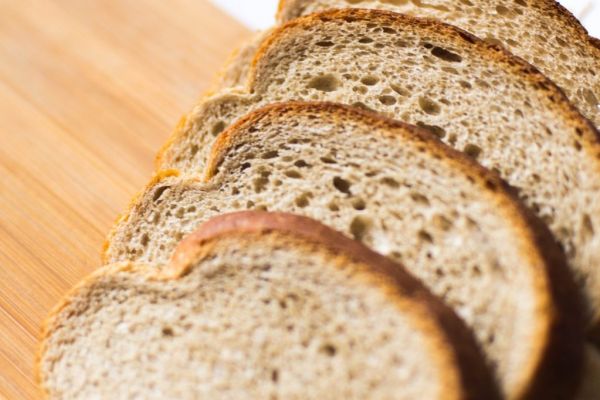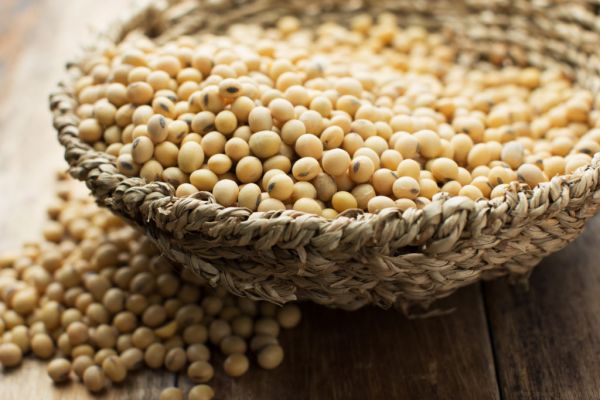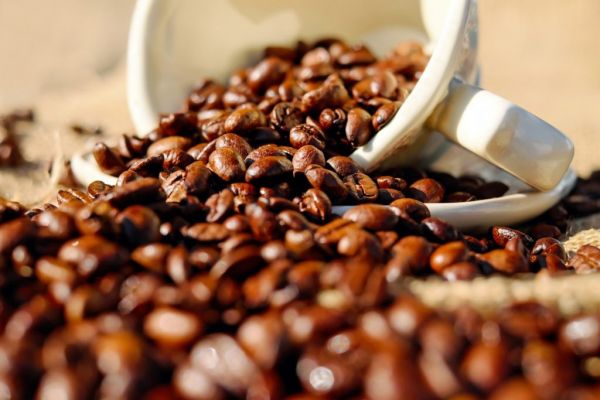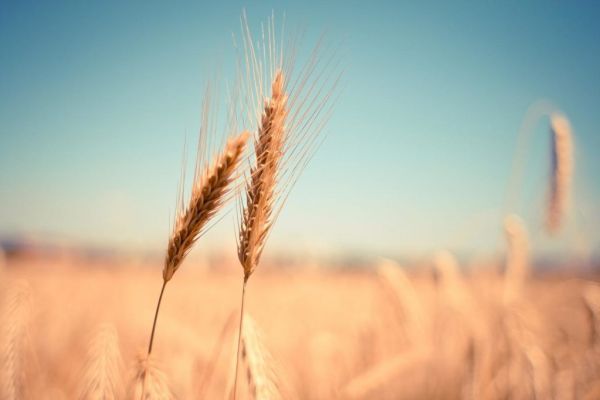At a laboratory in downtown Winnipeg, scientists are trying to revive the fortunes of the bread industry -- with peas.
“The biggest challenge is the flavor,” because pea bread tends to taste too much like, well, peas, said Yulia Borsuk, a technical specialist in baking technology at the Canadian International Grains Institute lab.
With more people looking for healthier alternatives to carbohydrate-rich foods made from wheat, Canadian researchers are working with Warburtons Ltd., the UK’s largest bakery brand. They are developing dough from pea flour that produces bread that looks and tastes almost like any other loaf, but which also has more protein and less of the carbs and gluten that more consumers are trying to avoid.
Substituting pulses -- a group of high-protein, low-fat dried seeds that are part of the legume family -- for wheat could help revive stagnant sales in a global baked-goods market valued at more than $400 billion. Some shoppers are swapping carb- and sugar-laden goodies like pastries and cakes for items with more protein. Those on the Paleolithic Diet ditch grains and sugar entirely and eat only whole, unprocessed foods that were available during the Stone Age.
“People are going to caveman diets, and protein is always a big part of that,” said Adam Dyck, a Canadian-based spokesman for Warburtons, which is headquartered in Bolton, England. “You go talk to any major food company right now and protein is on their radar.”
Test loaves are being made at the Winnipeg lab because Canada is the world’s largest exporter of peas and lentils traditionally used in soups and curries. But the crops also can be made into fiber, flour starch and protein concentrates that are making their way into packaged foods.
‘Biggest Draw’
Canada has plenty of the raw material. Its lentil output is expected to rise 8 percent in 2017-18 to a record 3.5 million tonnes, the nation’s agriculture ministry said in a February report. Production of dry peas will probably fall 12 percent to 4.3 million tonnes due to a return to average yields, according to the report.
“Protein is the seller,” said Ashok Sarkar, senior adviser of technology at the grains institute. “That’s the biggest draw, and there are many side benefits, like fiber, minerals, micronutrients.”
While peas are a long way from competing with wheat -- the dominant grain for baked goods -- the commodity is finding its way into more products. Minneapolis-based General Mills Inc. uses pea protein in its Larabar snack bar, while Nabisco Holdings Corp. uses red beans in a variety of Triscuit’s brown rice crackers.
Last fall, Warburtons introduced a line of protein-packed baked goods made with wholemeal flour and pulses, including wraps, rolls, loaves and thins with eight to 10 grams of protein. The privately-held company is looking for other ways to use peas and lentils in baking. It provided the lab in-kind contributions of equipment valued at C$680,000 ($506,000). That included a fermentation tank needed for a three-year research project by the institute that is the largest of its kind ever. Researchers are creating a database of flavors and functions of pulses in baked goods that will be shared with farmers, processors and food companies.
Pay Premium
Consumers are willing to pay a premium for these products, and Warburtons hopes to advance its uses of pulse flours in other areas, such as gluten-free baked goods.
“We weren’t going to do it unless we were going to increase sales and attract a different kind of consumer,” Dyck said. “There’s great opportunity to bring people into the bakery market.”
And it isn’t just bakers. Packaged-food producers including Mondelez International Inc. and Tyson Foods Inc. also are looking to healthier, protein-based snacks with convenient packaging to combat tepid sales, Bloomberg Intelligence analyst Kenneth Shea said in a March 3 report.311106259
Bread is “considered more and more to be an unhealthy product,” Shea said in an interview. “It’s white flour, it’s white sugar -- all the stuff that consumers are trying to move away from.”
The Canadian government and the farmer-funded Grains Institute have been test baking pulses since 2003. While they’ve figured out how to use the crop in Asian noodles and pasta, it’s more difficult to create bread that mimics the color, texture and flavor of wheat.
At the Winnipeg lab, Borsuk bakes dozens of loaves a week to test different combinations of flours made from pulse crops like yellow peas, red lentils and navy beans. The lab uses various treatments to alter or mask the pea flavor, including infrared heat.
Too Sticky
Another challenge is that pea dough has no gluten, which means it tends to be stickier than wheat flour. That can be a problem if it gums up bakery rollers and processing surfaces. The lab uses a texture analyzer resembling a guillotine that lowers a blade into the dough to measure how much force it takes to cut in and out.
“For a bakery to incorporate pulses in their processing or their product, they don’t want to have issues on the line because it’s big money,” Kasia McMillin, a lab technician, said as she scraped the remnants of some test dough off her fingertips. “It’s a dirty job.”
For now, testers are adding some wheat flour -- and its gluten -- to make the pea dough easier to work with. The sample loaves are analyzed for everything from firmness, texture, color and taste. Researchers use electronic devices to test for properties such as bitterness or soapiness. At the end of the week, workers gather to taste samples.
“It’s fun,” said Borsuk, who prefers the bread made with chickpeas rather than red lentils, which she thinks has a slightly bitter aftertaste. “They are all different.”
News by Bloomberg, edited by ESM. Click subscribe to sign up to ESM: The European Supermarket Magazine.














